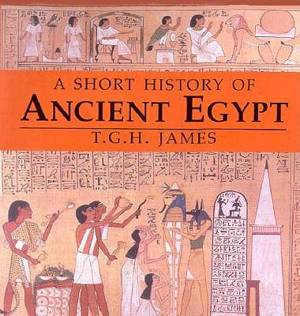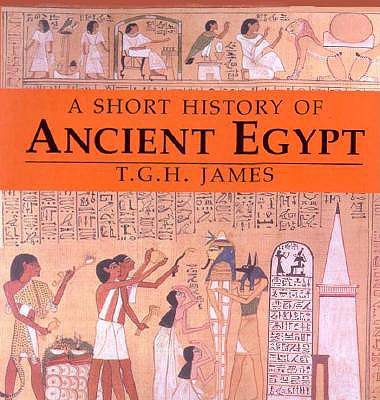
- Afhalen na 1 uur in een winkel met voorraad
- Gratis thuislevering in België vanaf € 30
- Ruim aanbod met 7 miljoen producten
- Afhalen na 1 uur in een winkel met voorraad
- Gratis thuislevering in België vanaf € 30
- Ruim aanbod met 7 miljoen producten
Omschrijving
Protected on two sides by wide deserts and on another by the sea, the narrow strip of land watered and fertilized by the Nile was an ideal location for the development of the great civilization of Egypt. From its beginnings below the first cataract of the Nile to its long and legendary magnificence at the Nile Delta, ancient Egypt grew ever more prosperous and powerful, first as two kingdoms, then as one.
A Short History of Ancient Egypt provides a concise, authoritative, and richly illustrated overview of ancient Egypt from its rise from the marshes to its submission to Rome. T. G. H. James describes how, in about 3100 B.C., the Egyptians first forged a unified administration and established a dynasty of kings. He follows the development of Egypt's greatest achievements: the organization of a national irrigation system, learning to write, and the construction of cities and tombs out of mud brick. As their art became more distinctive and expressive and their beliefs were shaped into religion, Greek philosophers came to Egypt to study. Tourists came to gape.
At first, James explains, the chief adversaries of Egyptians were themselves. Civil strife could arise from floods or famines, or from ambitious factions of the royal family. But in time, the bounty of Egyptian agriculture, the grandeur of Egyptian art and buildings, and the ostentation of Egyptian wealth excited the envy and aggression of other nations. Although Egypt fought to retain its independence, it succumbed at last under the conquests of Persia, Greece, and Rome.
Specificaties
Betrokkenen
- Auteur(s):
- Uitgeverij:
Inhoud
- Aantal bladzijden:
- 168
- Taal:
- Engels
Eigenschappen
- Productcode (EAN):
- 9780801859335
- Verschijningsdatum:
- 7/07/1998
- Uitvoering:
- Paperback
- Formaat:
- Trade paperback (VS)
- Afmetingen:
- 263 mm x 251 mm
- Gewicht:
- 671 g

Alleen bij Standaard Boekhandel
Beoordelingen
We publiceren alleen reviews die voldoen aan de voorwaarden voor reviews. Bekijk onze voorwaarden voor reviews.











